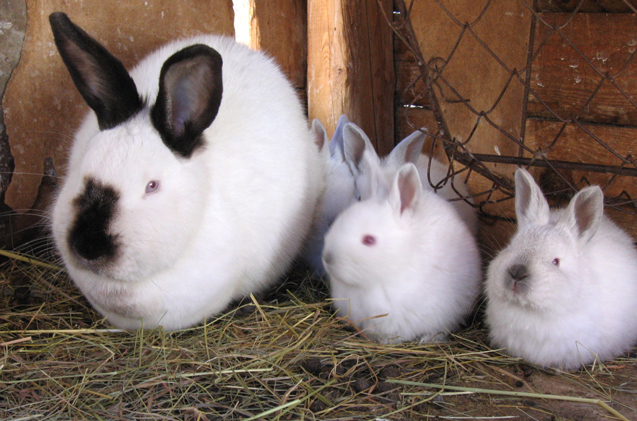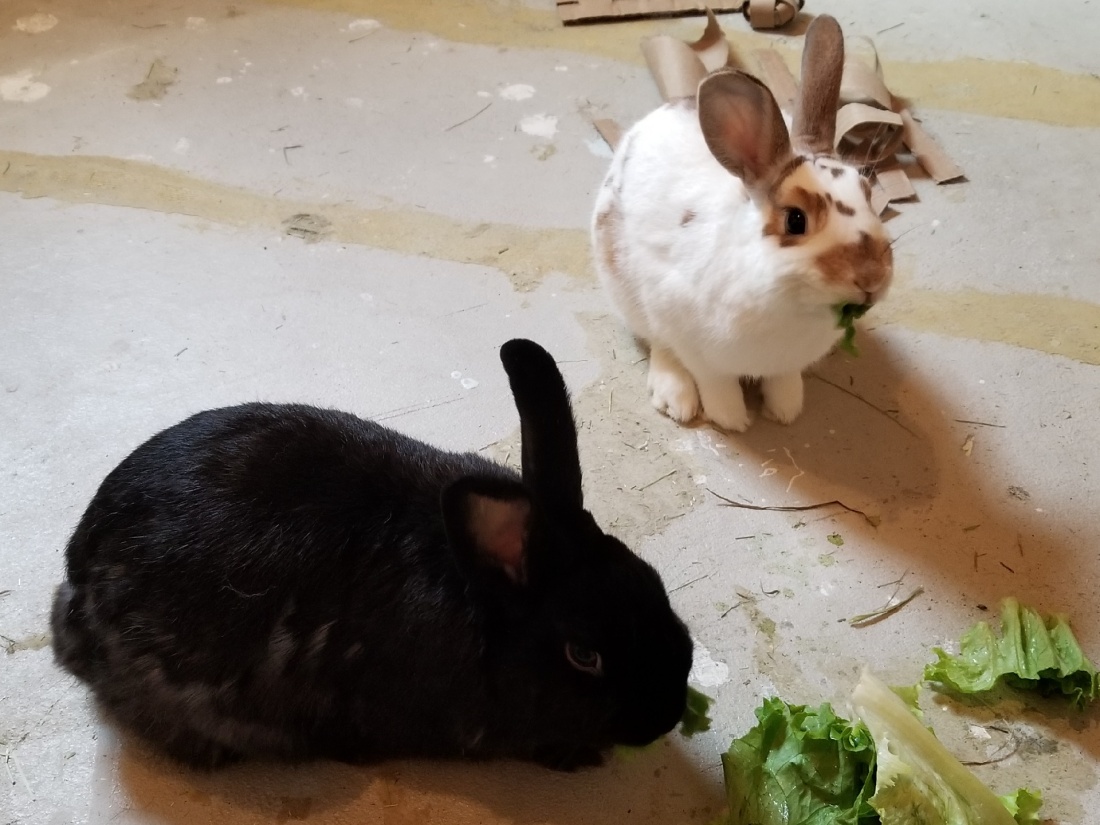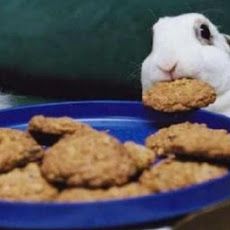To finish off the “Chin” breed rabbits, I would like to go over all of the details that I feel are necessary to pick out a specific breed. But for today, I will be going over the Giant Chinchilla rabbit breed. These details include the history, the common characteristics and personalities, sizing/weight, common medical problems, and more!
The History Behind the Giant Chinchilla Rabbit:
The original American Chinchilla rabbit came along in 1924, even though the Chinchilla coat and breed type came along in 1919. Breeders felt that this rabbit breed was too small, the weight being an average of 5 to 7 lbs. After a while, breeders have worked on making a bigger version of this rabbit since the fur of this rabbit was incredible for the fur trade.
The breeding of this rabbit is actually quite simple. New Zealand White does were bred to Standard Chinchilla bucks, along with American Blue rabbits. From here, the rabbits became larger and larger, the coat of the Chinchilla still lasts through the Standard Chinchilla bucks, giving the popular coat to this breed as well.
The Giant Chinchilla was accepted into the ARBA, or American Rabbit Breeder’s Association, in 1928 to be considered a true breed, with standards.
Common Characteristics of the Giant Chinchilla Breed:
Like all other “Chin” breed rabbits, the Giant Chinchilla rabbit breed is known for their fur that looks almost identical to the fur on an actual chinchilla, not the rabbit. The ears of this breed should be a medium size and erect. The legs of this rabbit breed are very powerful, so don’t make it mad!
The actual coat of the rabbit, like I had just mentioned, looks just like an actual chinchilla’s fur. The undercoat, however is very soft, silky, and bright, giving this rabbit a much more full look compared to the American and Standard Chinchilla breeds.
Common Personalities of this Rabbit:
Despite the size of this rabbit, this breed is well known to be extremely gentle and loving. Even though this rabbit is large, it can be energetic at times, some more than others. Don’t expect this rabbit to be extremely energetic, but expect some willing and positive energy.
With this, a Giant Chinchilla is great for families with older children, singles, and those who own a house. I wouldn’t recommend ever keeping a giant sized rabbit in an apartment since space can cause many scenarios that aren’t always that great.
Sizing and Weight
As you probably know from the title, this rabbit is considered a giant breed rabbit. These rabbits are known from stocky bodies, potentially tall stature, and not to forget, for being long and fluffy.
The average weight to a healthy Giant Chinchilla rabbit would be anywhere from 12 to 15 lbs. Do keep in mind that does of this particular breed are known to be heavier and stockier than the males.
Common Medical Problems:
There aren’t any specific illnesses found throughout this breed, but there are some small notes to write down for those interested in this breed.
Extra Care:
- With this breed being so large, grooming is essential for this rabbit. The coat is very thick from its undercoat, and to ignore the buildup of fur on the rabbit’s bottom can potentially cause flystrike, which shouldn’t happen anyway because your rabbit should be inside.
- Since the size of this rabbit is crazy, giving plenty of space for playtime is extremely important. I would definitely recommend free roaming this breed no matter what, even though free roaming should be advised for any breed, or less there is a potential predator as another pet in the house.
- Keeping this rabbit active can improve many things. First of all, allowing long periods of playtime can get the rabbit going right away, especially if your specific rabbit tends to be very lazy. Second, it can keep the rabbit’s digestion going, which is vital for every rabbit, not to forget that their digestive system is very sensitive. Last of all, giving rabbits playtime can improve moods, bonds, and so much more!
Works Cited:
“Giant Chinchilla Rabbit Breed Information and Pictures.” PetGuide, 21 Oct. 2017, www.petguide.com/breeds/rabbit/giant-chinchilla-rabbit/.
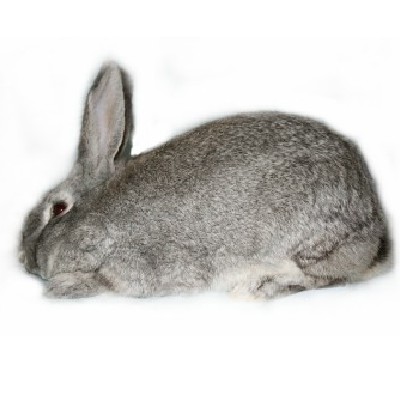
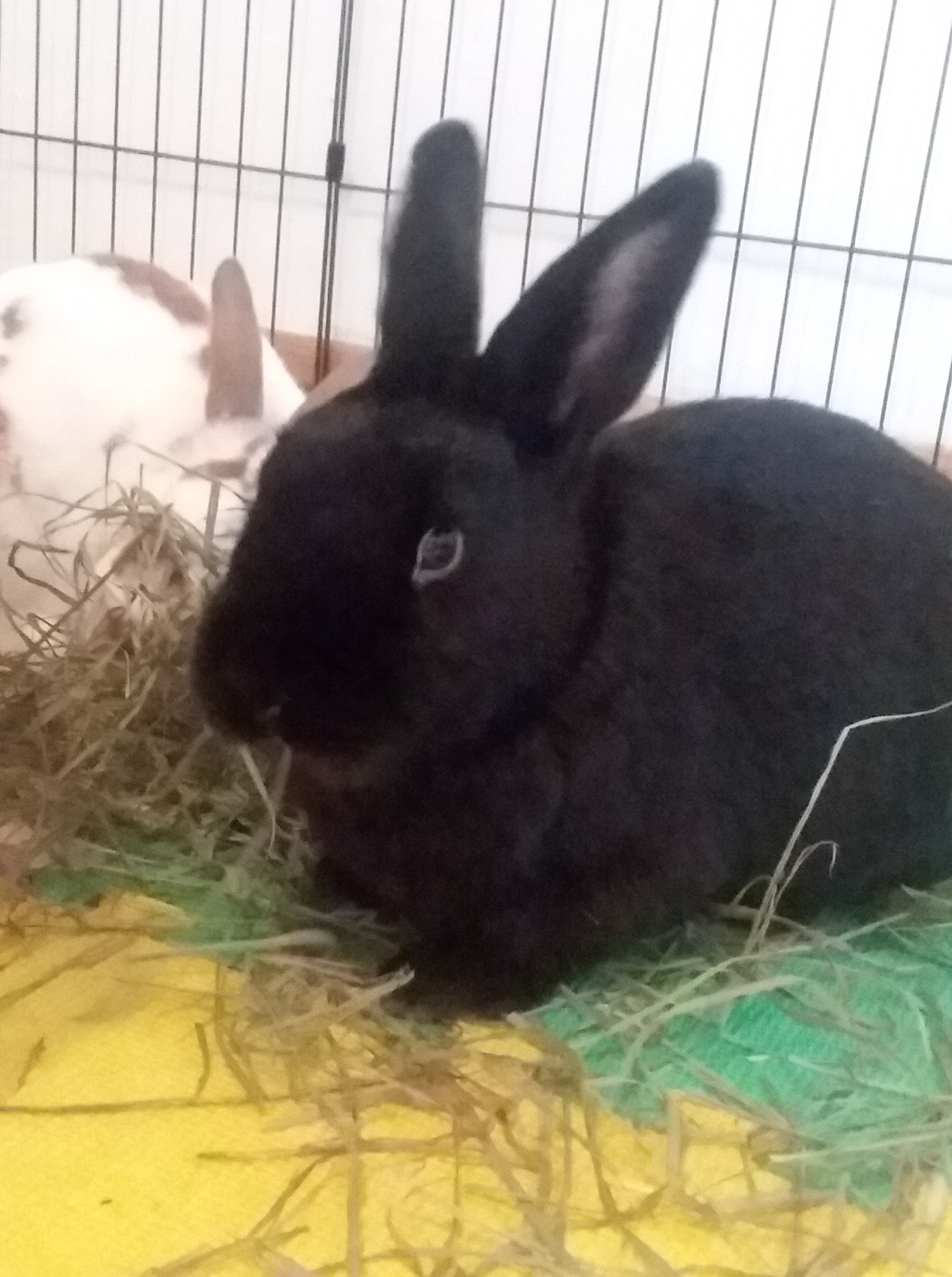
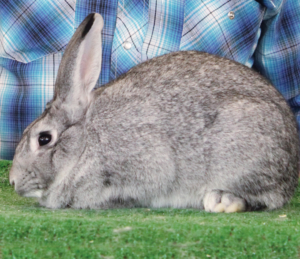
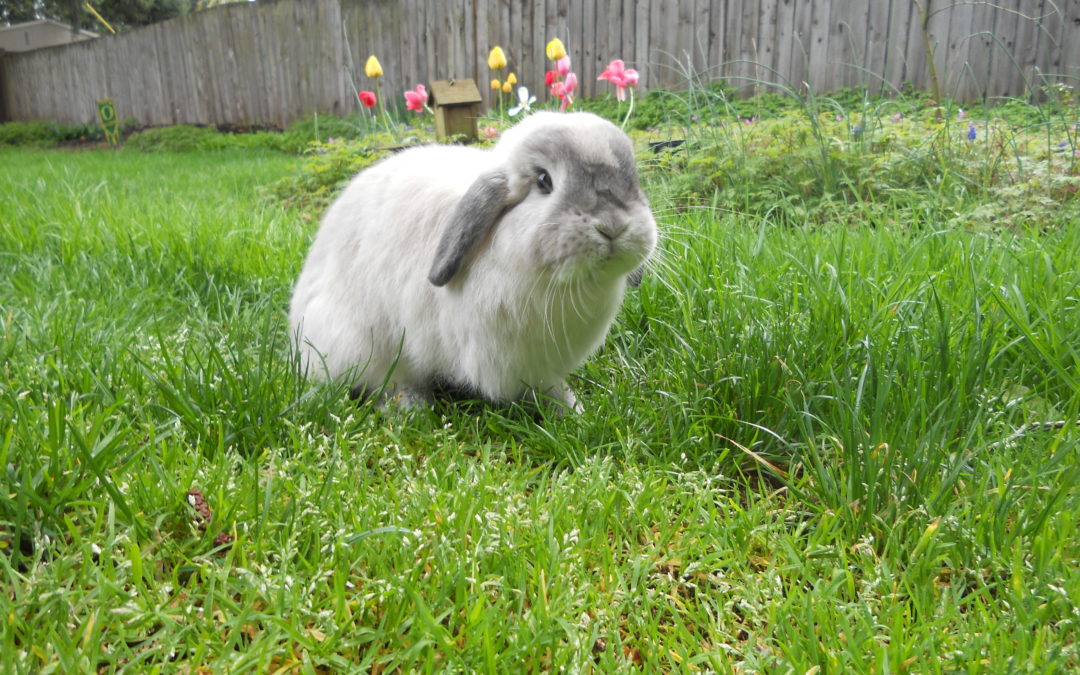

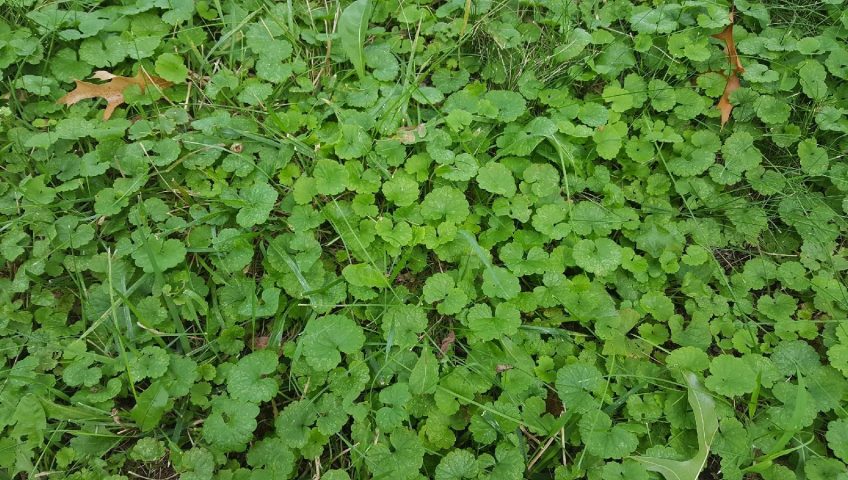
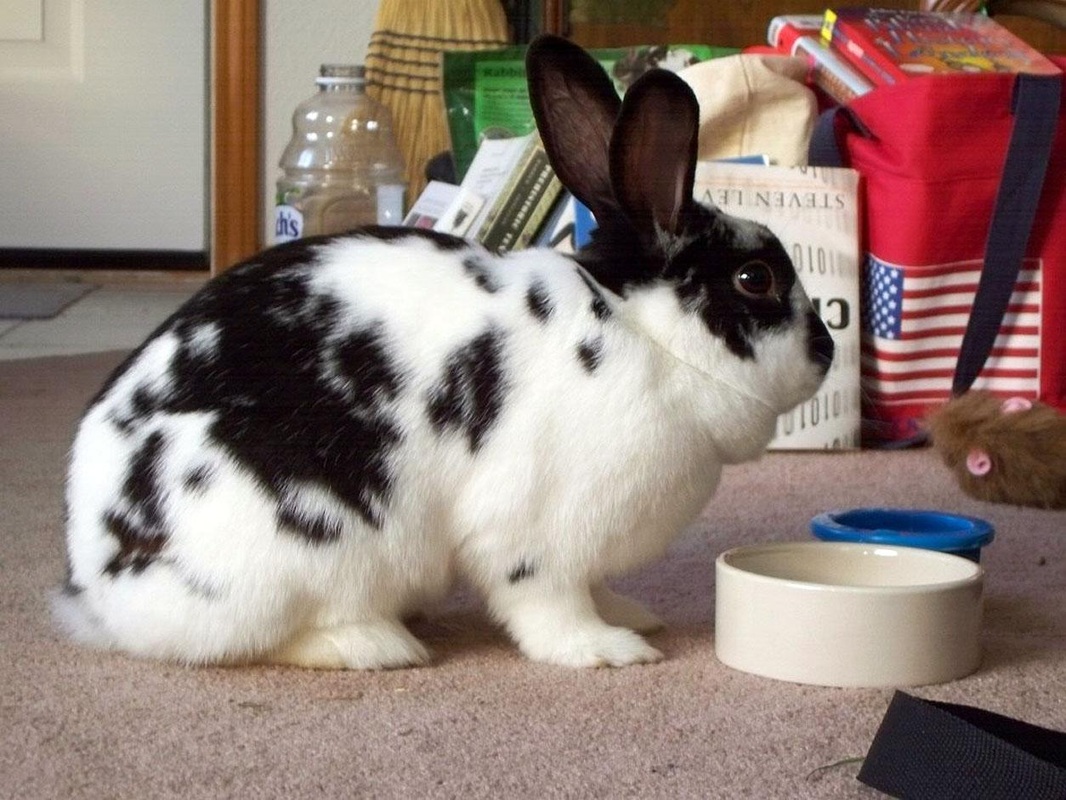

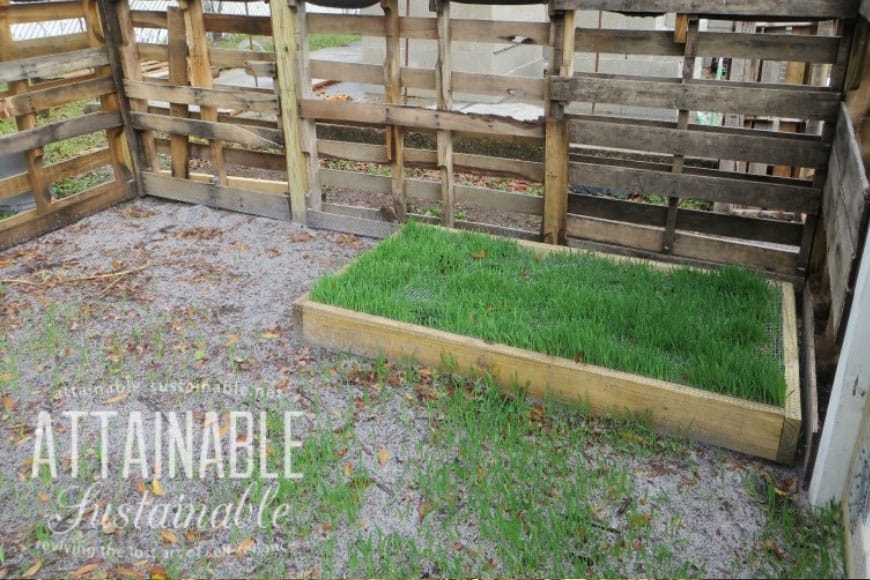 This is an example of a grass feeder for a chicken. Even though they don’t seem like the type of animal that would be a grazer, this still works great to cut down mix costs for those annoyed with having to buy so much mix. This person used wood to build a raised garden and simply planted the seed and laid wire over top, which is not what you would want to do with a small animal.
This is an example of a grass feeder for a chicken. Even though they don’t seem like the type of animal that would be a grazer, this still works great to cut down mix costs for those annoyed with having to buy so much mix. This person used wood to build a raised garden and simply planted the seed and laid wire over top, which is not what you would want to do with a small animal.


